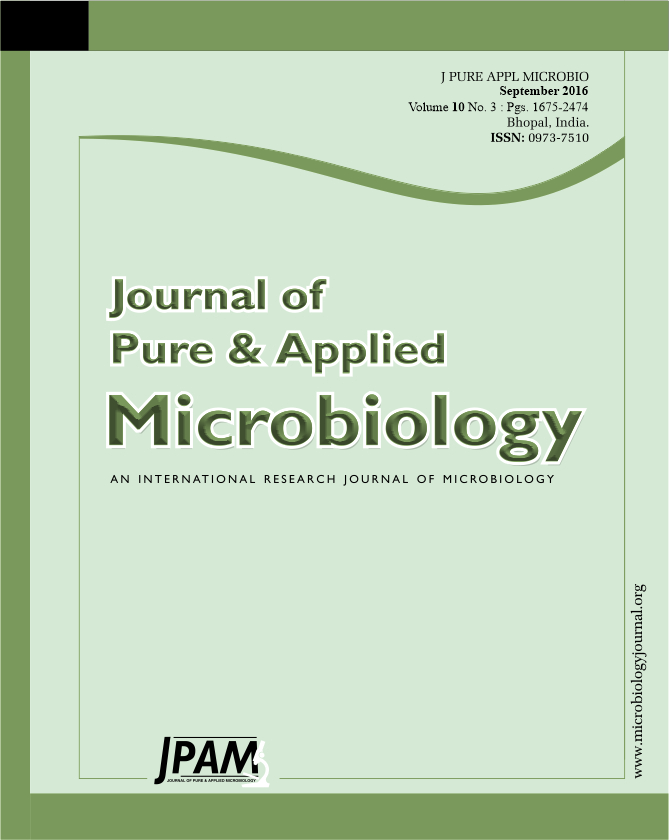Pectobacteria are one of the most important groups of plant pathogenic bacteria which occur world-wide. The bacteria have a wide host range and infect plants with fleshy organs. Thirty five bacterial isolates were collected from potato, cabbage, sugar beet, pepper, carrot, onion, cucumber, turnip, and tomato host plants cultivated in Fars province. The bacteria were identified using biochemical and physiological tests. The genetic diversity among the isolates was evaluated using RAPD assay. The isolates were rod-shape, gram-negative, facultative anaerobes, oxidase-negative, catalase-positive, and had ability to rot the potato, while they could not induce hypersensitive reaction on tobacco leaf. All of isolates were identified as soft-rot bacteria. Based on phenotypic criteria, the isolated strains were categorized into three groups. The strains of first, second and third groups were related to Pectobacterium carotovorum subsp. carotovorum, Pectobacterium betavascularum and Dickeya chrysanthemi, respectively. According to RAPD assay and using six primers including 19300, 91200, OPB07, OPB08, OPB11, OPB18, isolates categorized in three groups. The used primers showed significant diversity among the strains and the specific primers GTGC4, GAGC4 and GTG5 confirmed the classification. The diversity among the isolates has been confirmed based on the molecular works and clustering based on RAPD. This is the first RAPD assay to investigate the genetic diversity of soft-rot bacteria.
Dickeya; Genetic diversity; Pectobacteria; RAPD; Soft-rot.
© The Author(s) 2016. Open Access. This article is distributed under the terms of the Creative Commons Attribution 4.0 International License which permits unrestricted use, sharing, distribution, and reproduction in any medium, provided you give appropriate credit to the original author(s) and the source, provide a link to the Creative Commons license, and indicate if changes were made.


